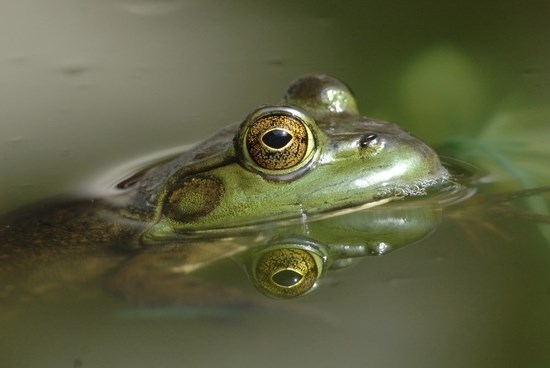
Scott Rando 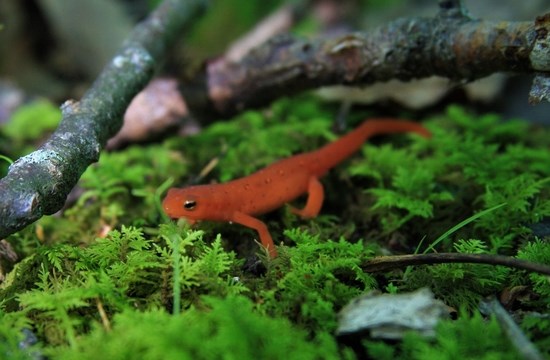
National Park Service 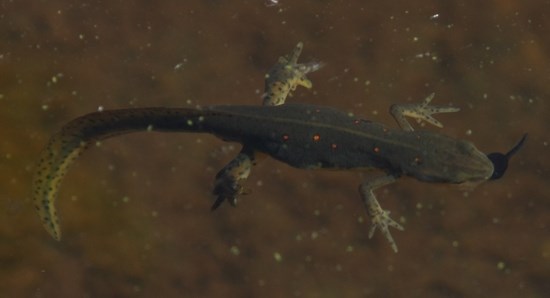
National Park Service Most amphibians have a bimodal lifestyle, meaning their lives have two distinct phases. Frogs and toads often hatch as aquatic tadpoles with no legs, a long tail, and gills. The tadpoles metamorphose into adults that are usually terrestrial and typically have legs and lungs. Salamanders often show direct development, meaning they hatch as tiny versions of the adults. Other amphibians show paedomorphosis, meaning that the adults retain some juvenile traits such as gills. 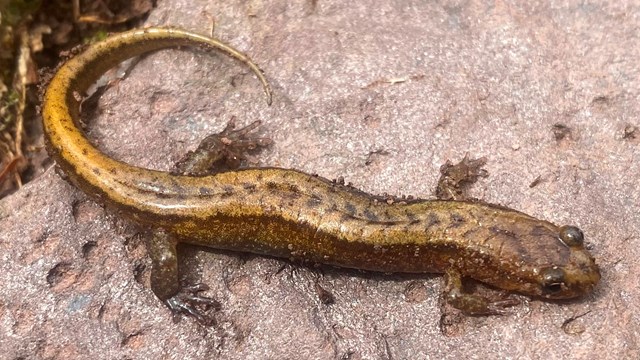
Salamanders
Learn about the Salamanders of the Upper Delaware Region. 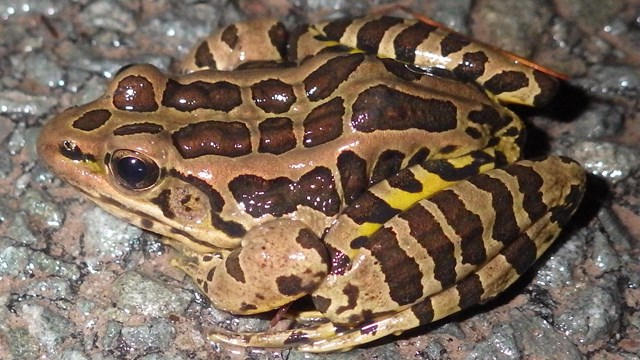
Frogs and Toads
Learn about the Frogs and Toads of the Upper Delaware Region. |
Last updated: February 25, 2022
